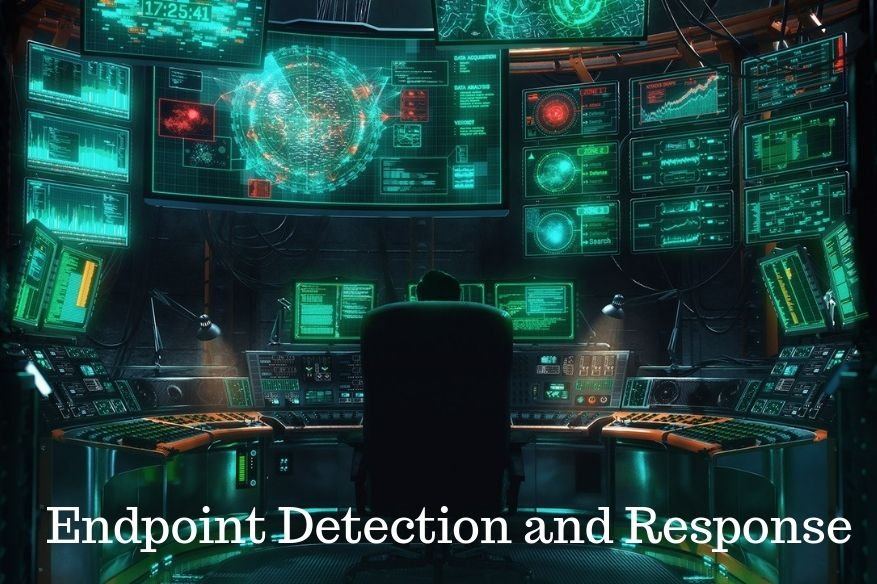EDR Tools and Technology for Better Endpoint Security

On a regular business day, data constantly flow to and from a company’s network. This data flow is an essential part of a company’s daily operation, and employees access the network through different devices and workstations.
But because of multiple access points, network-wide threat detection and response becomes insanely difficult for IT security specialists to do alone. That’s why companies opt to use Endpoint Detection and Response, or EDR security.
What Is Endpoint Detection and Response?
Endpoint Detection and Response, or EDR, is an umbrella term used for tools and technologies that focus on detecting and monitoring activities on a network endpoint. Network endpoints can be employee laptops and workstations or servers that are open for employee access.
EDR tools monitor activities taking place on network endpoints and scan for malicious software that may try to access or retrieve company data without permission.
Because company networks have multiple endpoint devices, EDR technologies collect data on all these endpoints and gather them into one server that IT security specialists can access. This helps IT security quarantine and block out infected devices before the malicious software spreads throughout the network.
What Is EDR? — Advantages of EDR Tools and EDR Security
Implementing EDR security can be difficult and time-consuming, since all employee workstations and company servers need to be secured with EDR tools. And with Bring Your Own Device (BYOD) policies gaining popularity, it becomes even harder for companies to fully implement EDR security on all network endpoints. But the advantages of a fully implemented EDR security outweighs these inconveniences. Here are the advantages of EDR security:
Strong endpoint protection. One of the main advantages of having EDR technology is the strong endpoint protection that it provides. Since EDR tools carefully monitor the endpoints of the network, chances of a full-blown breach are much lower, and any malicious activity will find it difficult to access highly classified corporate data.
EDR technology, along with careful network-wide monitoring of IT security, creates a solid defense against all kinds of cyberattacks.
Automated forensic data collection and monitoring. Another advantage of EDR tools is the automated collecting of endpoint activities and gathering them together. This is so that IT security specialists can trace the origins of threats, monitor activities within the network, and see which endpoints are most vulnerable.
By automating the data collection and monitoring of network endpoints, IT security specialists can have more time to monitor other parts of the network and further develop IT security protocols.
Advanced threat detection. Many EDR technologies include multiple detection tools to help with advanced threat detection. EDR tools carefully scan activities and movement in the endpoint, using different tools to ensure that malware or malicious software do not slip past security.
Some EDR tools also use machine learning and sandbox services to test files for malware and malicious activities before permitting entry into the network.
Faster threat response. Because EDR security monitor endpoints 24/7, any possible threat the EDR technology finds is quickly blocked and quarantined even without the help of IT Security specialists. This is a much faster threat response than having IT security specialists monitor endpoints for potential threats and manually block them.
Once EDR security quarantines a potential threat, it alerts IT security for validation and further analysis.
What Is EDR? — Final Note
Network breaches can lead to stolen and lost data and millions of dollars lost. Without proper network protection, companies are vulnerable to cyber attacks that could lead them to bankruptcy and total dissolution. So, secure your company’s network with proper EDR.
Related Resources:
The 10 Endpoint Security Products for Business